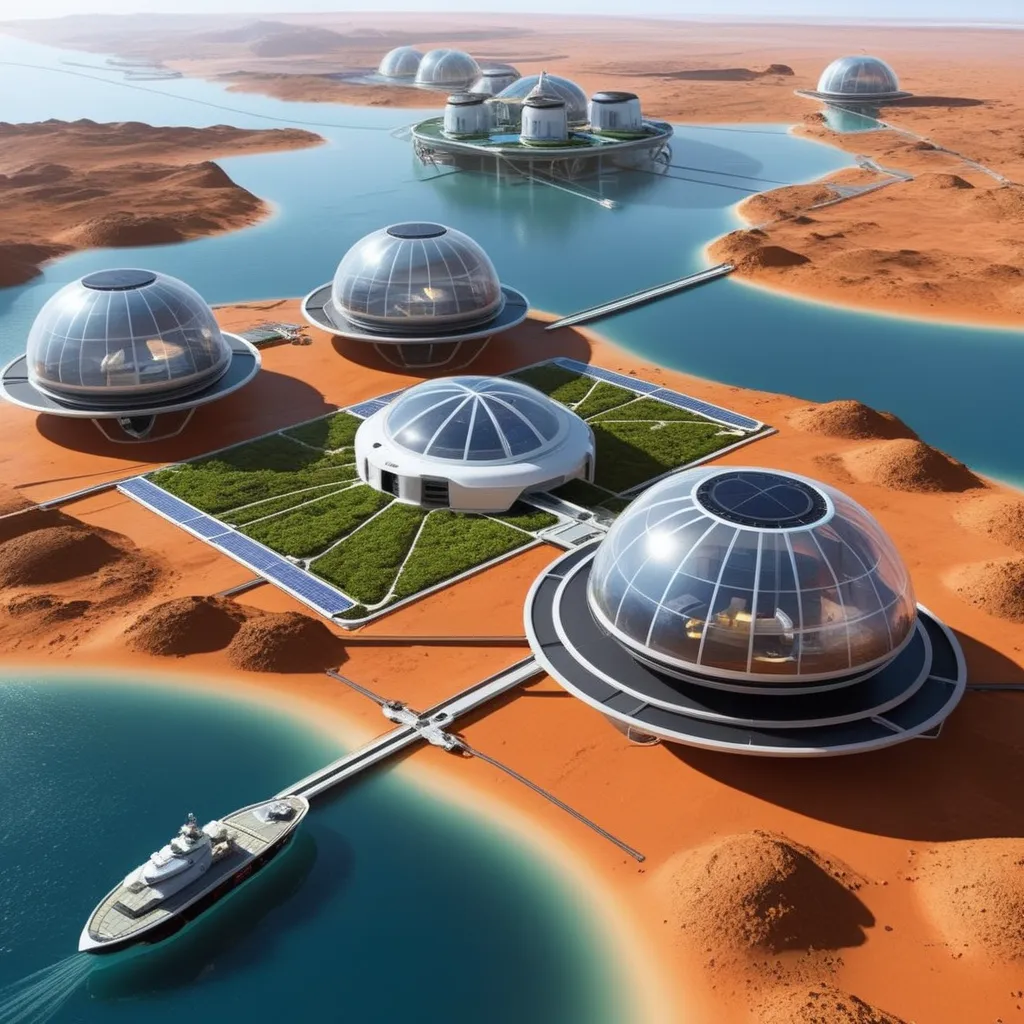Revolutionary Floating Cities Combat Rising Sea Levels
As a child, I always had a fascination with the ocean. I would spend hours building sandcastles on the beach and gazing out at the endless expanse of water. Little did I know that, years later, the same ocean I admired would become both a challenge and an opportunity as rising sea levels threatened coastal communities.

A Global Crisis
Rising sea levels, driven by climate change, have become a pressing global concern. Coastal cities around the world are grappling with the impacts of inundation, erosion, and the displacement of communities. It's a crisis that demands innovative solutions, and that's where the concept of floating cities comes into play.
The Birth of Floating Cities
I remember reading about the first floating prototypes, and it felt like science fiction coming to life. These visionary projects aimed to create sustainable, self-sufficient communities that could thrive on the ocean, rising and falling with the tides.
The challenges were immense. These cities needed to be resilient enough to withstand storms, environmentally friendly, and capable of supporting thousands of residents. The dream was to find a way for humanity to live in harmony with the sea, rather than in fear of it.
A Floating Paradigm
The key to the success of floating cities lies in their design. These are not traditional cities built on solid ground; they are floating platforms, sometimes anchored to the seabed, with modular structures that can adapt to changing sea levels and conditions.
Thinking back to my childhood sandcastles, it's remarkable how these floating cities are essentially the grown-up version of playing in the sand. Architects and engineers are building with the same sense of creativity, albeit on a much larger scale.
Sustainability at the Core
One of the most inspiring aspects of floating cities is their commitment to sustainability. It's a stark contrast to many coastal cities, where development has often come at the expense of the environment.
These cities harness renewable energy sources like solar and wind power, and they incorporate advanced waste recycling systems. Their proximity to the ocean allows for innovative aquaculture and desalination techniques, reducing reliance on mainland resources.
A Testbed for Innovation
Floating cities are not just a response to rising sea levels; they are hubs of innovation. They serve as testbeds for new technologies and ideas that can be applied globally.
One personal memory that comes to mind is visiting an aquaponics farm on a floating city during a research trip. It was incredible to see how efficiently they were growing food with minimal environmental impact. It made me believe that a sustainable future is within our grasp.

The Community Connection
While the concept of living on water may seem isolating, the reality is quite the opposite. These cities foster a sense of community that's deeply connected to the sea.
Residents often share a love for the ocean and a commitment to environmental stewardship. They work together to maintain the city's infrastructure and protect the surrounding marine ecosystem.
Lessons for the Future
The rise of floating cities is a testament to human adaptability and our ability to find solutions to the most pressing challenges. But it's also a reminder that we must take climate change seriously and work together to mitigate its effects.
These cities offer a glimpse into a future where we not only combat rising sea levels but also reimagine our relationship with the ocean. They remind us that, with determination and ingenuity, we can face even the most daunting challenges and create a sustainable world for future generations.

No comments:
Post a Comment